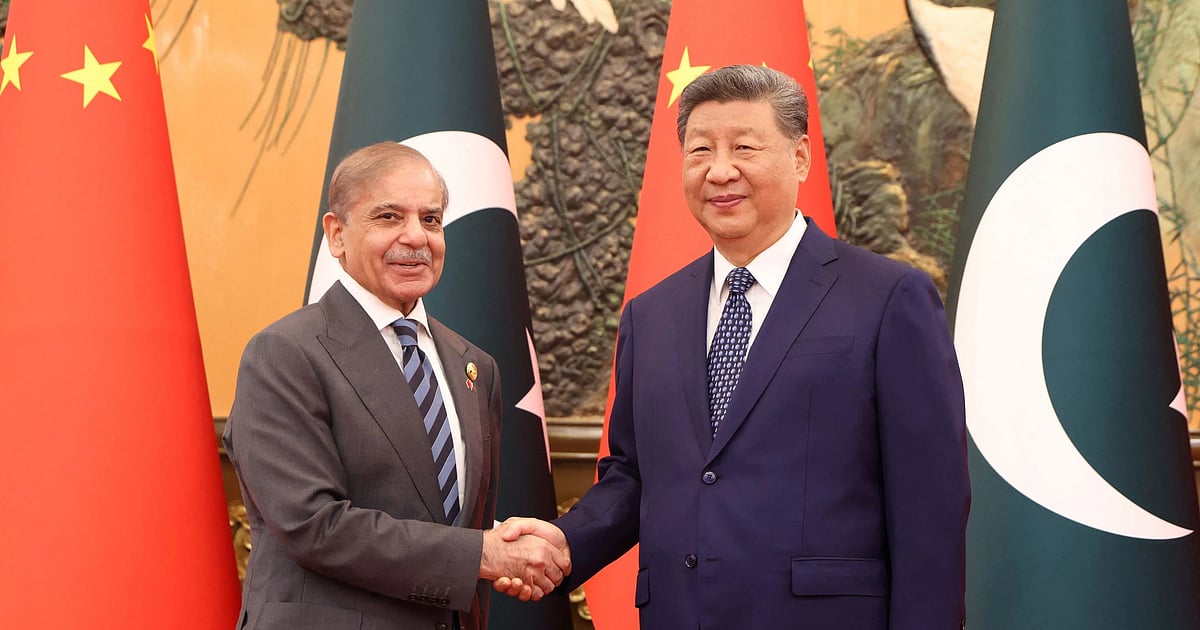Strategic Rail Alliance: Pakistan and China Forge $7B CPEC Railway Mega-Deal

In a strategic move that underscores their deepening economic partnership, Pakistan and China have officially inaugurated the second phase of the China-Pakistan Economic Corridor (CPEC), a multibillion-dollar infrastructure initiative that continues to draw global attention and speculation.
The ambitious project, which has been both celebrated and criticized, represents a landmark collaboration between the two nations. Building upon the foundations laid in the first phase, this new chapter promises to bring transformative economic opportunities and infrastructure development to Pakistan.
CPEC, a flagship component of China's expansive Belt and Road Initiative, aims to create a comprehensive economic corridor connecting China's Xinjiang region with Pakistan's Gwadar Port. The second phase is expected to focus on industrial cooperation, agricultural development, and enhanced connectivity across multiple sectors.
While the project has garnered significant international interest, it has also sparked debates about geopolitical implications and potential economic dependencies. Nonetheless, both Pakistan and China remain committed to advancing this landmark economic partnership, viewing it as a crucial pathway to regional economic integration and mutual growth.
As the second phase unfolds, stakeholders worldwide will be closely monitoring the progress and potential impacts of this ambitious international collaboration.








